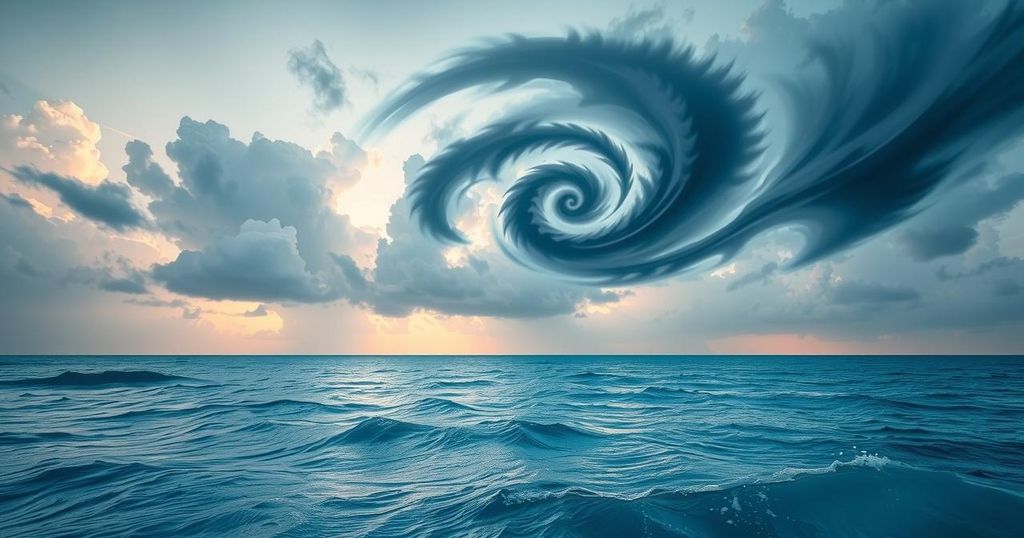Six Tropical Cyclones Active in the Southern Hemisphere: A Rare Meteorological Event
On February 25, 2025, the Southern Hemisphere recorded six tropical storms simultaneously for the first time since 1989. The storms include Cyclones Honde and Garance, along with Hurricanes Bianca and Alfred. Favorable conditions are attributed to the La Niña phenomenon, leading to this surge in storm activity which poses varied levels of threat to regions such as Madagascar and Reunion Island.
Yesterday, the Southern Hemisphere experienced a rare meteorological occurrence with six tropical storms, known as cyclones, active simultaneously across the South Pacific and Indian Oceans. This event ties the record last set in 1989. The tropical storm season in this region typically spans from November to April, and as of February 25, 2025, a total of 22 tropical depressions and cyclones have been recorded this season.
Among the cyclones, Tropical Cyclone Honde was positioned off Mozambique, while Cyclone Garance was near Madagascar. Additionally, Hurricane Bianca and Hurricane Alfred were situated to the west and northeast of Australia, respectively, alongside Cyclones Seru and Rae, positioned to the north of New Zealand. The current proliferation of storms is attributed to favorable conditions, including weakened wind shear and elevated sea-surface temperatures, largely as a consequence of the La Niña phenomenon, according to Jason Nicholls, Lead International Expert at AccuWeather.
As of Tuesday at 4 p.m. EST, officials issued the final advisory for Cyclone Rae, coinciding with the formation of Cyclone Honde. Cyclone Rae had previously caused destruction in Fiji. Historical context reveals that the last similar weather event in the South Pacific occurred in January 1999, and while an event in January 2021 was close, it did not meet the necessary criteria due to specific technicalities regarding storm designation.
Cyclone Honde is now making its way southeast off Mozambique and is set to impact southern Madagascar later this week. Heavy rainfall and strong winds are anticipated, with totals ranging from 12 to 24 inches, and localized amounts reaching up to 48 inches. Wind gusts may approach 100 mph along Madagascar’s southern coast, although the most intense winds are predicted to remain offshore.
Cyclone Garance is projected to pass near Reunion Island as a hurricane for the first time since 1989. This could result in severe weather, including heavy rains and wind gusts reaching 150 mph, potentially causing damage, flooding, and high sea conditions around the island. Local predictions indicate several inches, with some areas possibly receiving up to 2 feet of rain.
Meanwhile, Hurricane Alfred, which formed in the Coral Sea, is expected to intensify and move south. While it should maintain a course east of Australia, its outer bands may still deliver rain to regions such as southeast Queensland and northeast New South Wales early next week.
The Southern Hemisphere has witnessed a notable meteorological phenomenon with the presence of six simultaneous tropical storms, marking a rare occurrence last seen in 1989. The ongoing conditions, characterized by La Niña, have facilitated this cycle of tropical activity. As Cyclones Honde and Garance pose potential threats to Madagascar and Reunion Island, the importance of vigilance and preparedness in the face of these storms cannot be overstated.
Original Source: www.accuweather.com




Post Comment